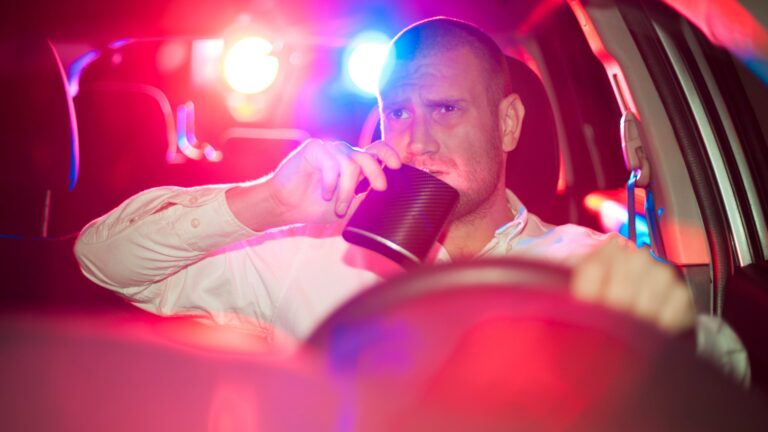Don’t Drink and Drive: A Simple Guide to Stay Safe on the Road
We all know it’s a bad idea, but let’s be crystal clear: DRIVERS should avoid drinking alcohol if they plan on getting behind the wheel. So, if you’re thinking about having a drink and hitting the road, read on to understand the guidelines for drunk driving.
Alcohol, as you probably know, is measured in units. But here’s the catch: it’s impossible to pinpoint how much you can drink and stay below the legal limit. Why? Because alcohol affects each person differently. Your weight, age, sex, metabolism, the type of alcohol you’re sipping, whether you’ve eaten recently, and even your stress levels all play a role.
So, if you’re the designated driver, the safest bet is to skip the alcohol entirely. But just for reference, here’s a rough guide: For men, the legal limit is about four units, equivalent to two pints of regular-strength beer. For women, it’s approximately three units, which is like having one and a half pints of lower-strength beer or two small glasses of wine.
Even though these limits exist, it’s important to note that fatal car accidents have occurred with drivers who were under the limit. 🚗💥
What exactly counts as a unit of alcohol?
- A pint of lower-strength (around 4%) beer is two units.
- A pint of high-strength (5% or more) beer is three to four units.
- A small glass (125ml) of higher strength (14.5%) wine or champagne is two units.
- A standard glass (175ml) of lower-strength (12%) wine or champagne is also two units.
- A large glass (250ml) of lower-strength (12%) wine is three units.
- A single measure of spirit (40%) is one unit.
- A double measure is two units.
- A large bottle (700ml) of higher strength (5%) alcopop.
- A 275ml bottle of low-strength alcopop (4%) is one unit.
Now, the big question: Can you go to jail if you’re over the drink-drive limit? In short, yes, you absolutely can.
Even if it’s your first offense, you could potentially face up to six months in prison, particularly in serious cases. For a first offense, other consequences might include community service, a fine, a driving ban, or a combination of these penalties. The severity of your punishment depends on the circumstances and the decision of the presiding judge.
If you cause death by dangerous driving while under the influence, you could be looking at up to 14 years behind bars. However, in some cases where you’ve been banned from driving for 12 months or more, you might have the opportunity to reduce your ban by participating in a drink-drive rehabilitation scheme (DDRS). But remember, it’s up to the court to offer this option. 🛂

